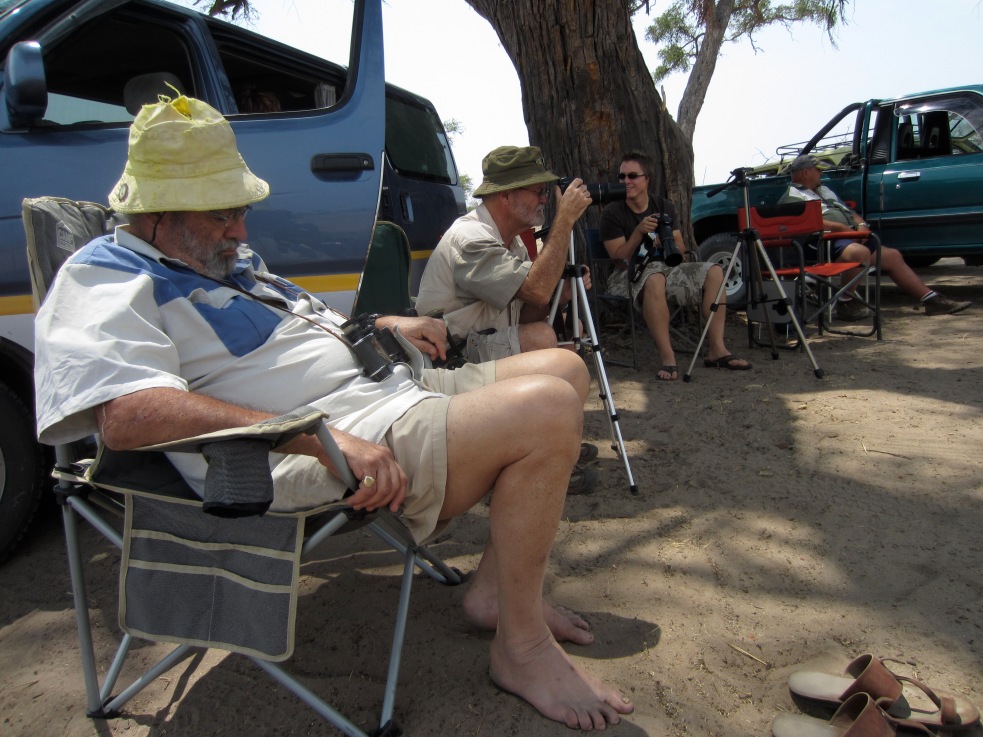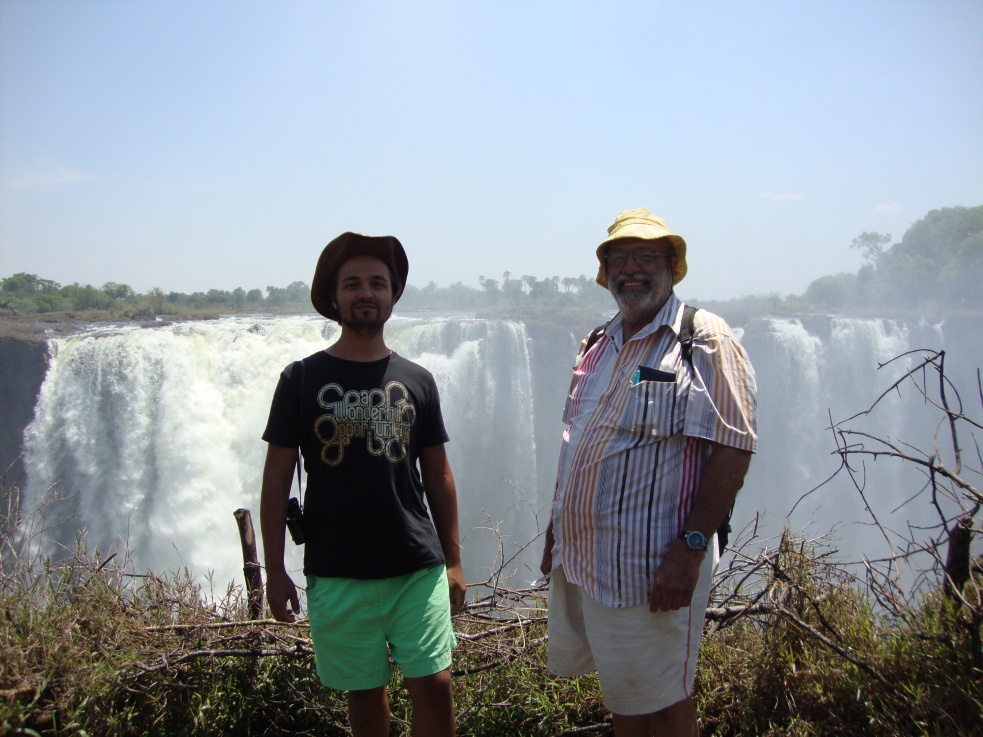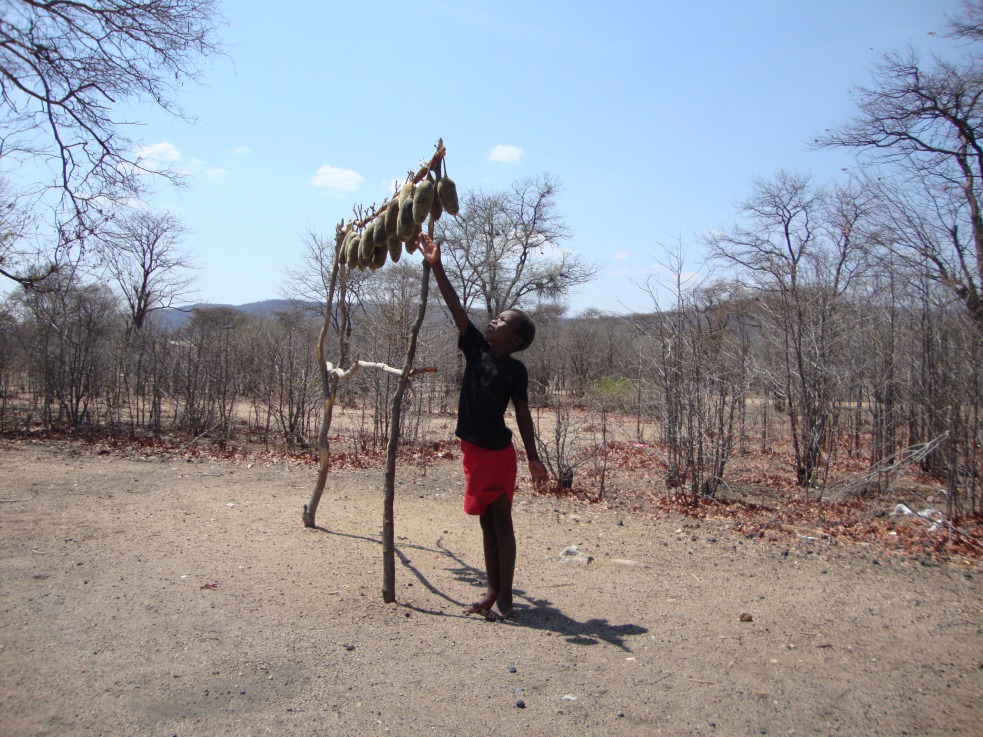
Not even the formiddable wealth of the google search engine turns up any references to the ruins we visited after Dholo dhlo. As a comparison of the two seems to indicate the smaller size and possibly less ceremonial function of Bili have led to it become quite forgotten by I hesitate to write tourists (for there are none…) but even by the Internet and African Historians. Really there is a good deal left in the dark in Zimbabwe! This is coupled with the fact that these ruins are on private/semi private property and hardly sign-posted. But if you persevere you will have the opportunity of seeing further fascinating remains of the remarkable builders of Khami and Dhlo dhlo ruins


Nearby on a private game concession apparently are the Bili ruins. They are quiet different to the other stone settlements and ruins we have visited. Great Zimbabwe, Khami, and Dhlo dhlo ruins are more imposing and seem to have an important aesthetic and symbolic function. Here the ruins are more modest and we are left to the conjecture that this was perhaps a look outpost or a way station of sorts in-between larger settlements and trading posts.



From the road on the game reserve we have to duck under a wire fence to get to the ruins. Good luck finding it as it seems that everything is working against discovering this secret place. Apparently, the orangeand yellow lichen that covers the rocks is a sign of pristine air condition – take a deep breathe as you enjoy the splendid vantage over the plateau where once traders, warriors, royal trains…advanced and retreated.
The large part of the ruins on the flat look out from whence the whole valley can be seen, consist of piles of stones. I am quite sure I do not understand the significance of these structures. The remind me of the hidden people in Iceland where they mark points where magical beings appear similarly.
One magical occurence I did spot was a lovely flowering Acokanthera which is sometimes called Arrow Poison Bush. It is a pretty evergreen whose highly toxic properties are utilised to spice arrows for killing.



Hands down the most rewarding sight at Bili though even though the half hidden mysteries of the ruins themselves are a treat was this tree. This tree was the first time I have ever seen an actually ‘rain tree’. The phenomenon of a tree ‘raining’ is attributed to various species so termed but is not a quality attached to the species of tree. In fact, spittle bugs drinking the sap of a tree coming into leaf after the winter rest drip from their rear-ends causing the impression that in the heat of the day under one tree alone it is raining. This was a truly awesome experience!

The tree, in this case a Julbernardia globiflora (Mnondo tree), was buzzing with life and under its red budding leaves I stood in the rain of satiated bugs and enjoyed this natural marvel. It was time also for refreshments in this incredible spot before heading off to our last stop before setting up camp for the night.





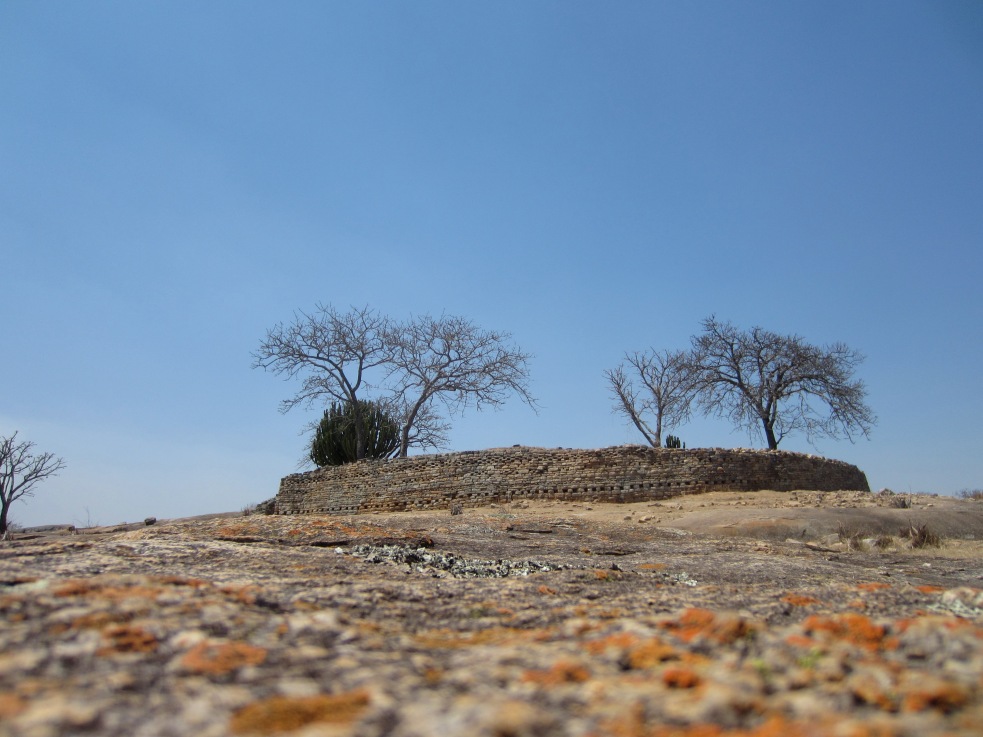
































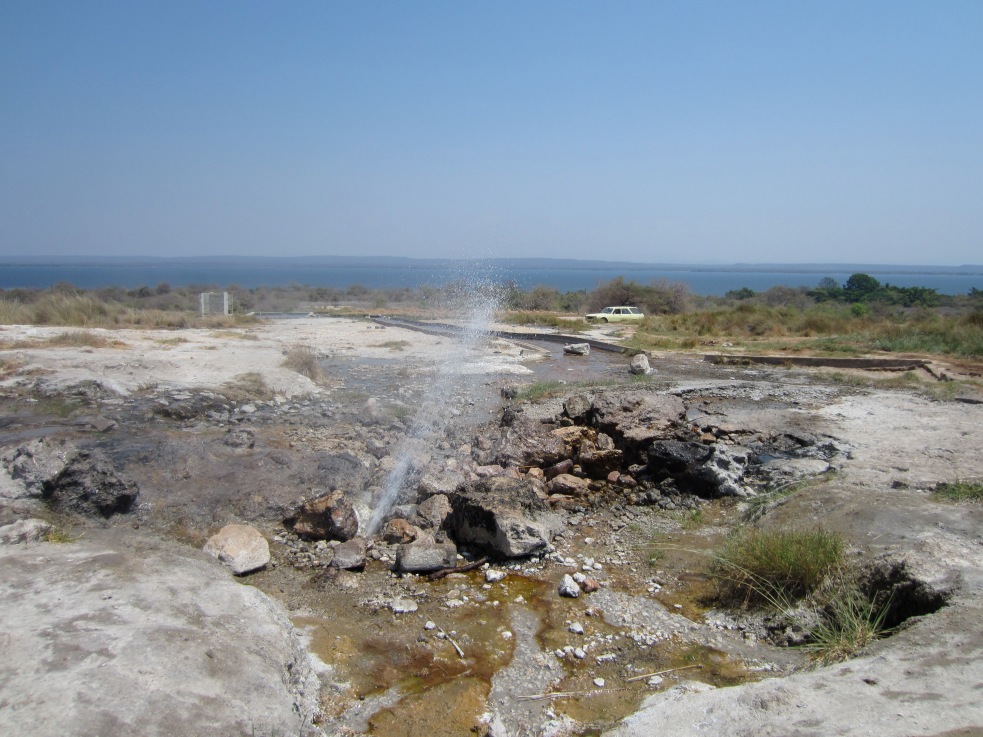





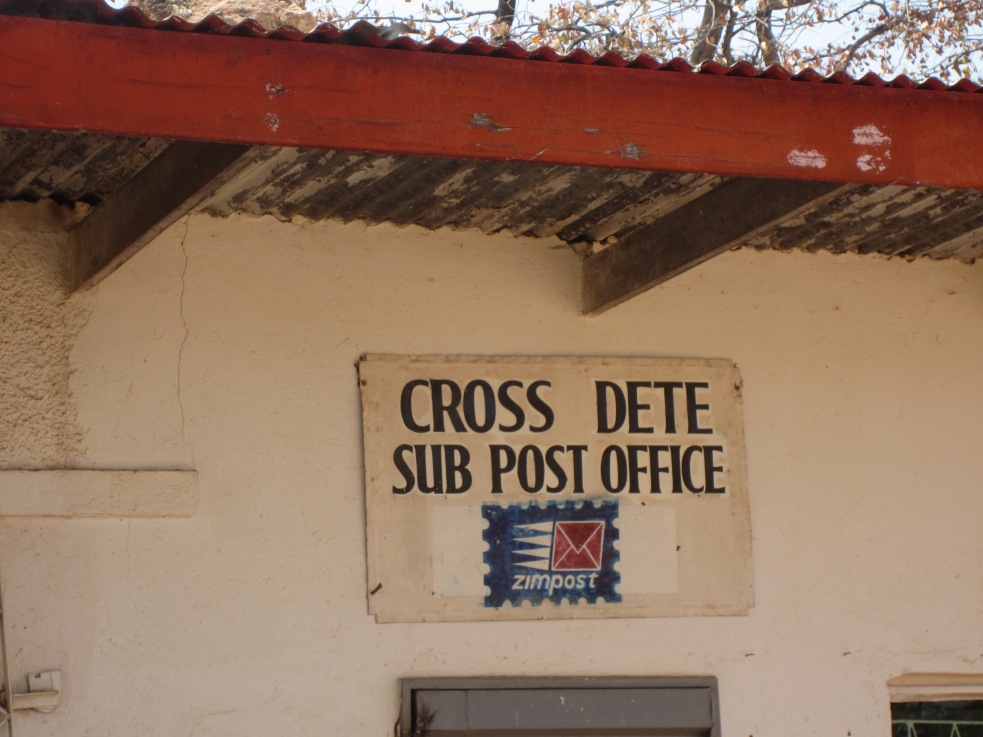


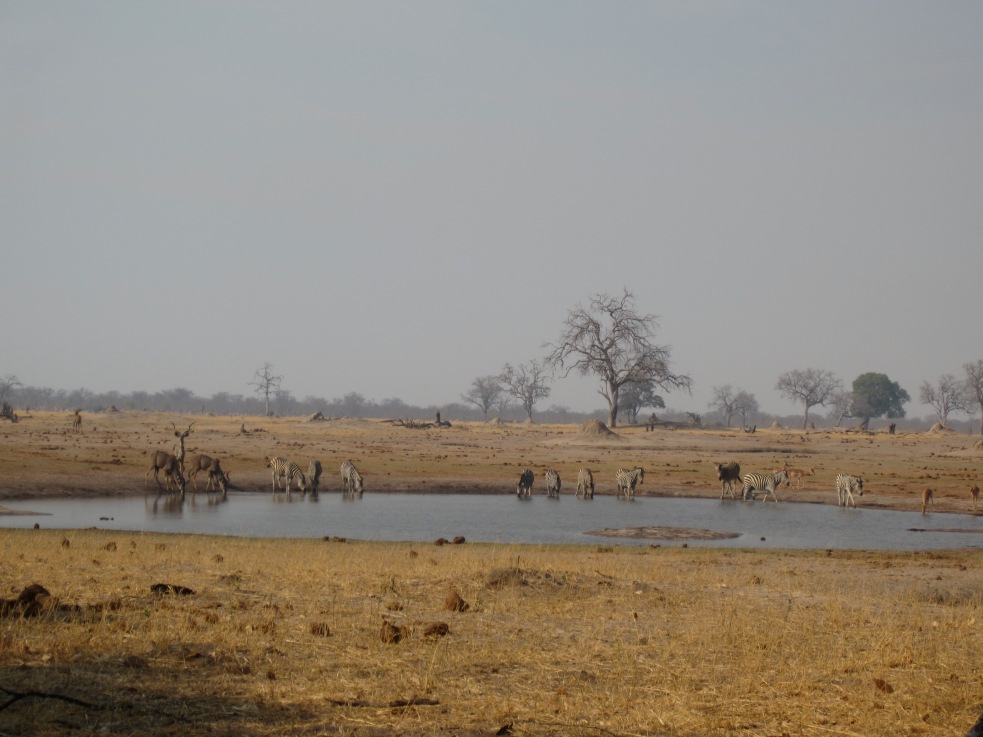
 The gardens I appreciated of course. A lovely ancient Acacia erioloba in front of the waterhole and in the atrium large lush Dracaena plants. Outside and in full bloom a Lonchocarups capassa (The Rain Tree)
The gardens I appreciated of course. A lovely ancient Acacia erioloba in front of the waterhole and in the atrium large lush Dracaena plants. Outside and in full bloom a Lonchocarups capassa (The Rain Tree)









